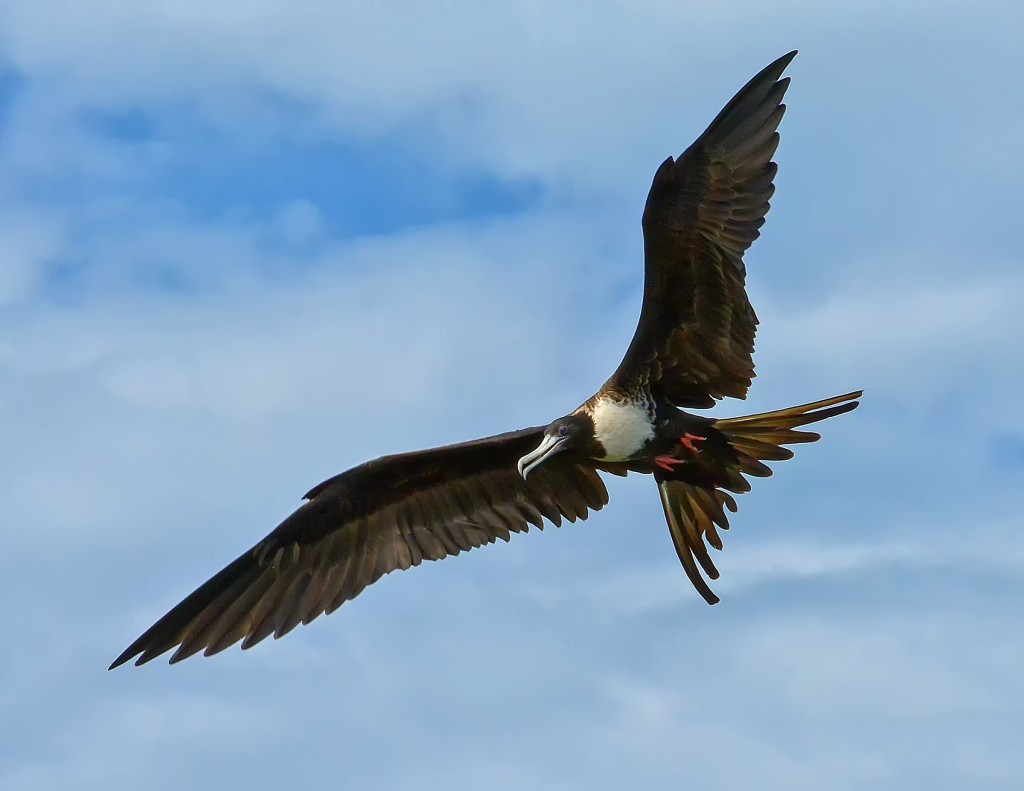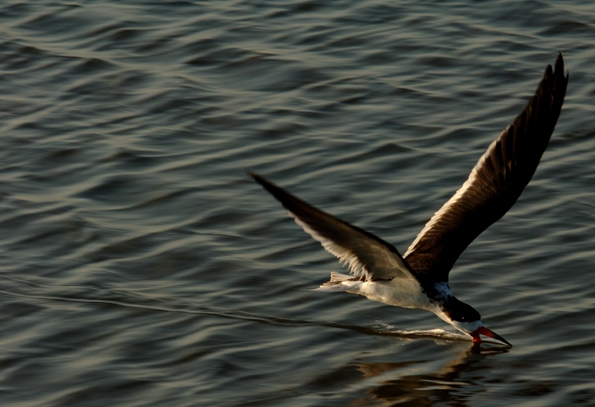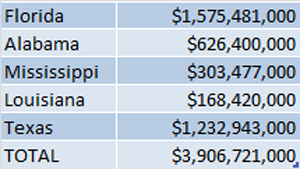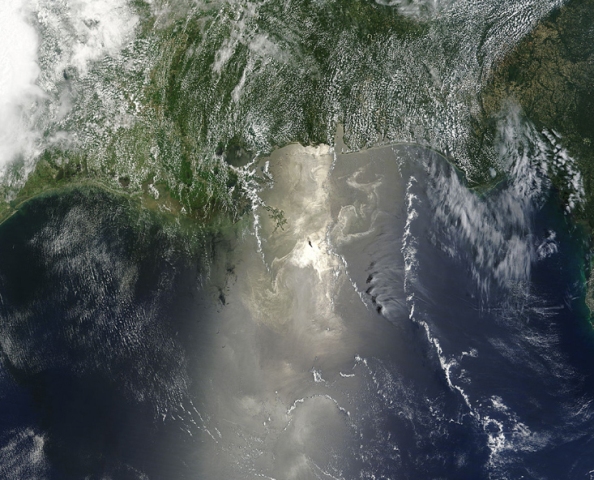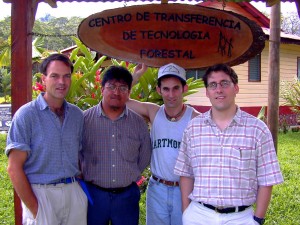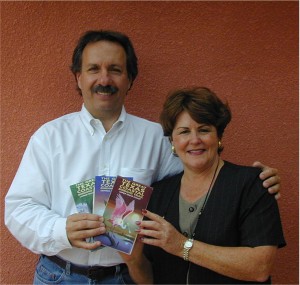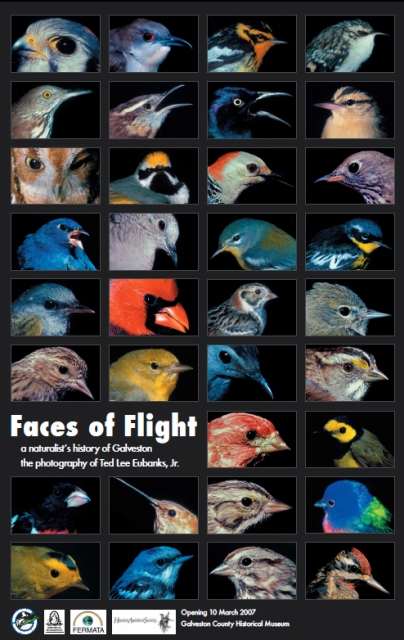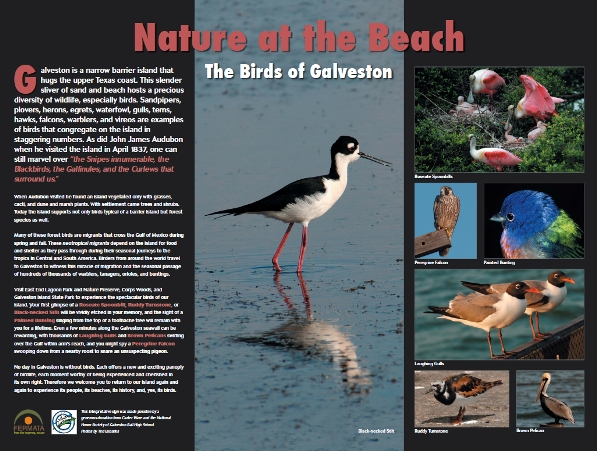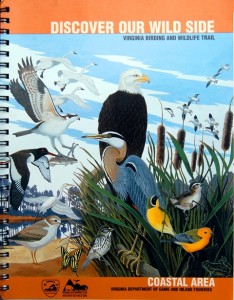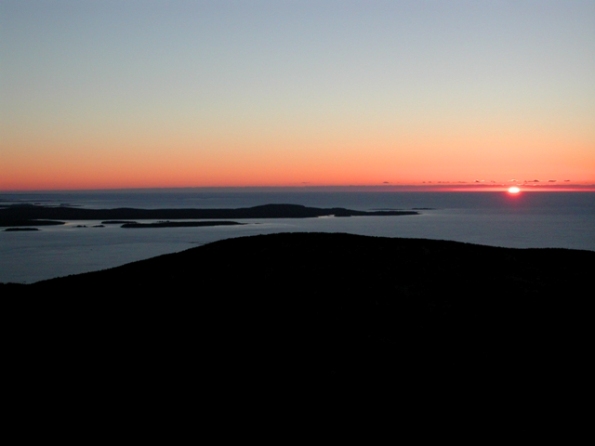
The American Birding Association (ABA) is stumbling through one of its cyclical deconstructions. Leaders are being ousted, budgets are being thrashed, and blame is being heaped. You would think that people who watch (rather than kill or maim) birds would be placid, investing their emotional selves in an adoration of nature. Think again. This recreation is constructed around honor (and its kin, ego), and around trust in one’s word. Hunters and anglers drag their game to the scale. Birders ask to be believed. In birding, most of what you see are for others the ones that got away.
In 1968 Jim Tucker relocated to Texas from Florida. Recognizing a gap between the science of birds and their conservation, he conceived of an organization focused entirely on birding for fun. Floating a circular among birding friends, he soon attracted the critical mass necessary to get the ABA off the ground.
Although a Texas birder during this time, I did not cross paths with ABA until 1976. The concept of listing did not appeal to me, and I never invested much time in seeing if the group had more to offer. In 1976 ABA held its third convention in Beaumont, and while birding High Island I suddenly faced bus loads of bird people unlike those I had seen before. In the late 1960s and 1970s High Island did not attract many birders from out of state (in fact, few from Texas other than those from along the immediate Gulf coast). Yet here were hoards of self-consumed, self-involved bird people washing over our woods with the sensitivity of a storm surge. At that moment I decided that ABA and I would never pair.
With years I changed. In 1981 I served on the board of Houston Audubon. My family owned three lots in High Island, next to Scout’s Woods. I received a call from our neighbor (Louis Smith), the owner of Scout’s Woods, asking if we would be interested in purchasing the property. I told him that I would present the opportunity to the local birding groups and get back with him. With friends (Paul Nimmons and Fred Collins) we first went before the Ornithology Group of the Outdoor Nature Club (the first nature group established in Houston), and received the cold shoulder. We then approached Houston Audubon, and they jumped at the chance. Suddenly Houston Audubon owned one of the nation’s renowned birding spots, and the ABA came aboard to help raise the funds for its acquisition and protection. I decided to take a second look at the organization.
The result is that for the past 30 years I have been a member. I have known many of the staff and the board, have spoken at conventions, and have written for their publications. I like ABA and its quirkiness. The problem with inconsistency (one version of quirky) is that eventually you lose people’s trust. ABA is beginning to lose mine.

My company, Fermata, has been in the birding business for over two decades. We started the birding trail phenomenon in Texas, and have now worked on trails in over 20 states. We have published on birds and birders, researched birds and birders, and develop products and programs for birds and birders. We recently finished the first birding national scenic byway (the Wetlands and Wildlife Scenic Byway in Kansas), and we are now moving to urban areas such as Philadelphia and Pittsburgh to continue inviting people to nature through birds. We do know more than a little about the recreation.
What has stumped me for all of these years is that while we continue to grind away at bringing birding to the public, the bird organizations themselves have done little to advocate for the recreation. Hunters have no problem with being advocates, and their organizations such as Ducks Unlimited, Boone and Crockett, RMEF, and the Safari Club are unapologetic about proselytizing for hunting. Trout Unlimited and the American Sportfishing Association are among those that do so for fishing, and a few (like the Theodore Roosevelt Conservation Assocation) advocate for both. There are organizations whose advocacy is decidedly political (the NRA), and some that specialize (Walleyes Unlimited and Pheasants Forever). Mountain bikers have advocacy groups (such as the IMBA), kayakers and canoers have advocacy groups (such as the American Canoe Association), and even ATVs have their advocates (such as the ATVA). Trust me; if there is a public meeting that even remotely touches on their recreation, these groups show up.
Birders do not. If motivated enough, a representative of a local birding club might speak on the needs of the birding community. But the national organizations, in my experience, are absent. National Audubon is not an advocate for birding, their decades of work in bird conservation notwithstanding . The American Bird Conservancy is not an advocate for birding, their excellent efforts on bird conservation policy notwithstanding. ABA has simply been absent, content to fiddle.
I have poured over the surveys of ABA memberships, and there appears to be an obvious path forward. Let me offer this caveat, however. These surveys are only of members. Given the ABA’s minuscule membership (floating or sinking between 12 and 15 thousand), these surveys can offer no insight into the bird people population at large.
According to the surveys (and common sense), members are interested in learning about the birds of their region. Although most consider themselves to be accomplished birders, they are keenly interested in all aspect of birds and birding. Most are concerned about the plight of birds, and support bird conservation efforts. In fact, I would argue that in these desires ABA members are similar to hunters and anglers.
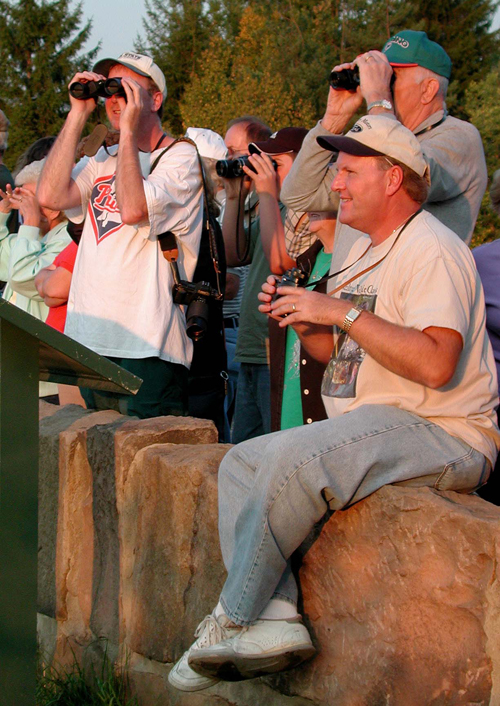
Given the success that hunting and fishing organizations enjoy (with fish and game agencies tap dancing to their tunes), I suggest that the new ABA begin by being true to the name. ABA should become the voice for birding in this country. Leave Colorado (the entire state has 5 million people, for God’s sake), and relocate to a population center in or near Washington D.C. (try Philadelphia, for example). Woody Allen said that 80% of success showing up. ABA is still waiting in the wings.
The hunting and fishing groups are able to meet the needs of their most expert members, as well as beginners. Why not ABA? “Who is a birder” is a cyclical argument that can never be resolved. All I suggest is that out of the millions who find their way to nature through birds, the bird people, there are far more than 12 thousand who call themselves birders. Begin by reaching out to them for support, and to the tens of millions of bird people by speaking on their behalf.
Change is easy when faced with death. ABA has been on life support for years, and the latest upheaval only exposes the patient’s condition to the world. Hiring a new president to lead this crippled organization is not an answer unto itself. For the new leadership to succeed, the organization must be transformed. If the board (ultimately responsible to the members) is not willing to change, to be the agent for transformation, then the board should step back and invite those who are up to the challenge to take the reins. There is a road forward, but not with the same drivers or the same vehicle.
With all of this said, I offer a final word of encouragement. For ABA, the path forward is clear, and only awaits the right people to move ahead. Organizations are not your children. They can be disowned, disemboweled, and reconstructed to fit the needs of the moment. Let’s tear this baby apart, and get her ready for the 21st Century.
